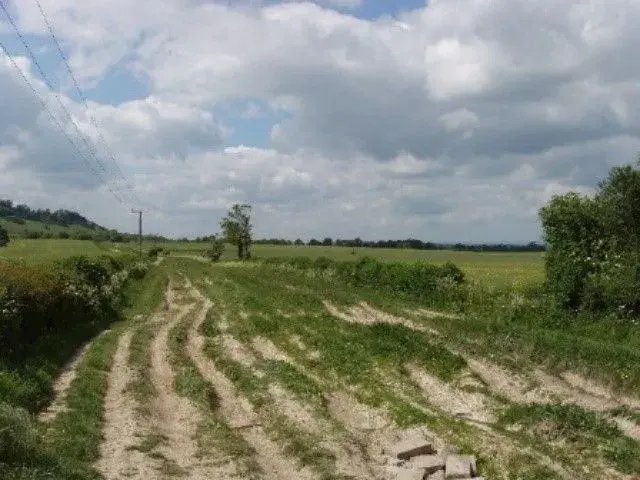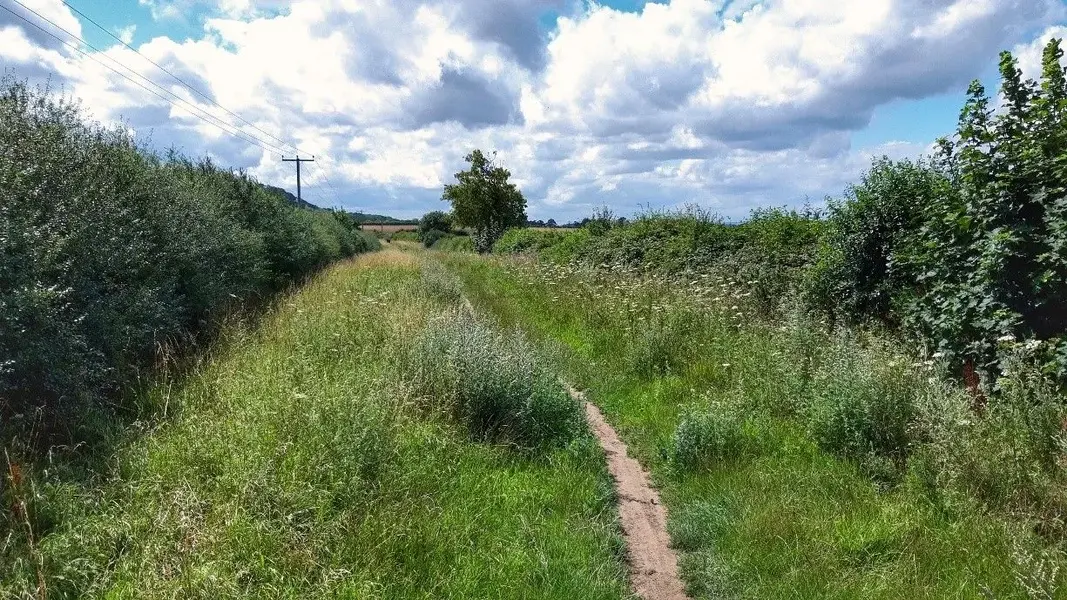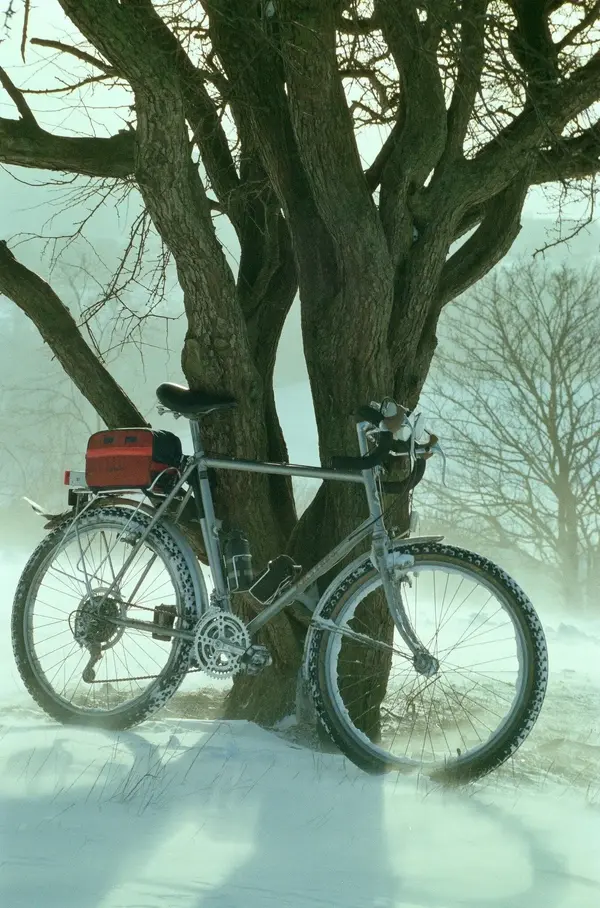- Feedback
- View
Here's an example of what happens after motor vehicles are banned:

This picture shows a section of the Ridgeway near Lewknor in 2005, before vehicle access was restricted.
(Photo by David Hawgood)

This picture shows the same Lewknor section in 2023.
(Photo by Jim Champion)
You can see from the above how the trail surface, and so the riding experience has changed on certain sections of the Ridgeway. You can also see how the motor vehicles kept it from getting overgrown.
Now, without maintenance, tree saplings and brambles would quickly take root and if left unchecked would eventually make the trail impossible to ride. You can see why letting vehicles use it in the summer could be a good compromise?

This picture shows a section of the Ridgeway near Lewknor in 2005, before vehicle access was restricted.
(Photo by David Hawgood)

This picture shows the same Lewknor section in 2023.
(Photo by Jim Champion)
You can see from the above how the trail surface, and so the riding experience has changed on certain sections of the Ridgeway. You can also see how the motor vehicles kept it from getting overgrown.
Now, without maintenance, tree saplings and brambles would quickly take root and if left unchecked would eventually make the trail impossible to ride. You can see why letting vehicles use it in the summer could be a good compromise?
Last edited:
